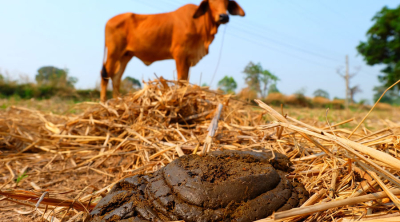Wildfires are a natural phenomenon that have both advantages and disadvantages. Globally, they have played a crucial part in our ecosystems they wipe out creatures unfit for survival and help in the growth of resilient ones, they allow for the clearing of dead plants and ensure new plants grow instead, help a species move into a new territory and establish a population there, and so on. On the other hand, they can help invasive species flourish, push threatened species to the brink of extinction, cause irreversible damage to ecosystems, etc. And, over the last few years, it appears that across the world, the perils of wildfires have far outweighed the benefits they offer.
The Australian wildfire of 2019-2020 was in the news for the unprecendented destruction it left in its wake. It killed or displaced nearly three billion animals, making it one of the worst wildlife disasters in modern history. And now Canadian wildfires too are a cause for alarm. This wildfire season – the worst in Canada’s recorded history-has destroyed millions of acres in the region, turning the focus on the nearly 700 species at risk. Some of these are even more at risk. How so? The habitats of a few species are already small. For instance, the half-moon hairstreak butterfly. Found in just a few small patches in Canada, these butterflies lost a part of their population and habitat to a lightning strike in 2017. Scientists are worried that such species could be lost completely if their habitats are destroyed in wildfires. Another species of concern is the burrowing owl that nests in prairie grasslands – affected by wildfires. Captive breeding programmes are being considered for both these species in peril. Further, the fire season has “overlapped with the breeding season for many species, presenting a clear danger to newborns”. While adults and healthy individuals can move fast and find ways to escape, the same cannot be said of young ones. In addition, smoke from the wildfires travel far, with potential to harm many species, including migrating birds.
As mentioned earlier, wildfires have occurred naturally. But today, human-induced climate change and global warming have given way to changed rainfall cycles and drier conditions. This has pushed up the intensity and instances of wildfires. As a result, forests that once withstood wildfires are no longer able to do so, and this could eliminate or negatively alter ecosystems.
Picture Credit : Google


